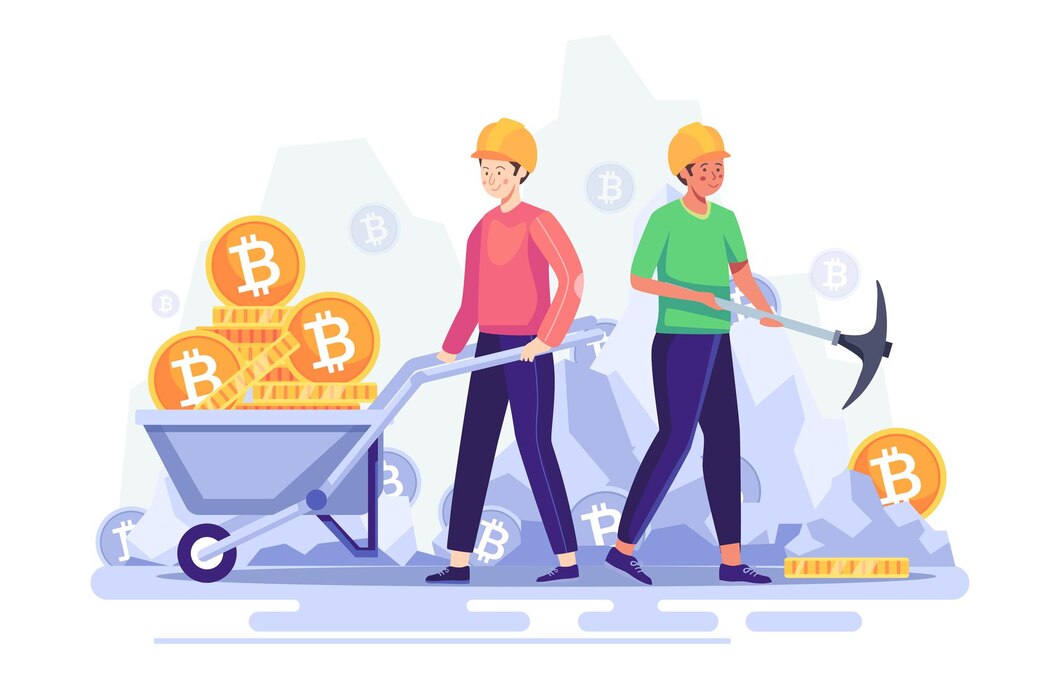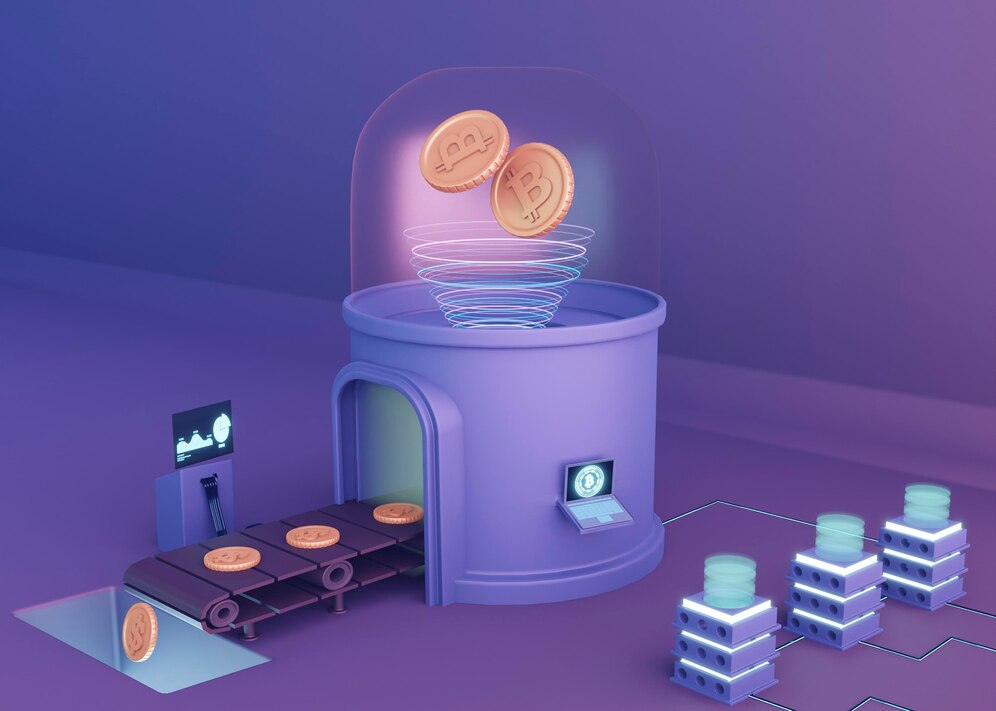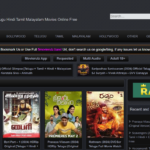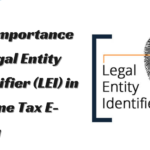How to Set Up a Mining Rig: A Step-by-Step Guide
- 1 Understanding Mining and Its Benefits
- 1.1 Choose the Right Cryptocurrency to Mine
- 1.2 Assemble the Mining Rig Hardware
- 1.3 Install the Operating System and Mining Software
- 1.4 Join a Mining Pool
- 1.5 Optimize the Mining Rig
- 1.6 Monitor and Secure Your Mining Rig
- 2 How To Set up Mining Rig
- 2.1 1. Research and Planning:
- 2.2 2. Assemble the Hardware:
- 2.3 3. Software Setup:
- 2.4 4. Testing and Optimization:
- 2.5 5. Maintenance:
- 2.6 6. Monitoring and Profitability:
- 3 Conclusion
In the world of cryptocurrency, mining has become a popular way to earn digital assets and potentially profit from them. Before diving into the technicalities, consider exploring opportunities on platforms, a reputable online trading platform that offers various avenues for crypto enthusiasts to maximize their profits. Explore the profitedge.org exceptional features now.
Understanding Mining and Its Benefits

The first step to setting up a mining rig is understanding what mining is and the benefits it offers. Cryptocurrency mining is not only essential for verifying transactions but also for issuing new coins into the market. Miners play a crucial role in maintaining the security and decentralization of blockchain networks. By participating in mining, individuals can earn rewards in the form of newly minted coins and transaction fees. These rewards can be accumulated or traded on platforms for other cryptocurrencies or fiat currencies.
Choose the Right Cryptocurrency to Mine
Not all cryptocurrencies are equally mineable or profitable to mine. Some cryptocurrencies require specialized mining equipment, while others can be mined using standard hardware. Research various cryptocurrencies to find one that suits your mining capabilities and offers good potential returns. Take into account factors such as mining difficulty, block rewards, and market demand. Before making your decision, consult resources to keep abreast of the latest market trends and insights.
Assemble the Mining Rig Hardware
Once you have chosen a suitable cryptocurrency, it’s time to assemble the mining rig hardware. Depending on the complexity of the cryptocurrency you plan to mine, you may need to invest in powerful graphics processing units (GPUs) or application-specific integrated circuits (ASICs). Research and purchase high-quality components that can handle the mining process effectively. Remember that energy efficiency is crucial to avoid excessive electricity costs, so opt for energy-efficient hardware whenever possible.
Install the Operating System and Mining Software
After assembling the hardware, install the operating system and mining software on the mining rig. Many miners prefer to use Linux-based operating systems as they offer better stability and efficiency for mining operations. Next, select mining software that is compatible with your chosen cryptocurrency and hardware. Popular options include CGMiner, BFGMiner, and Claymore’s Dual Miner. Configure the mining software with your mining pool credentials, which will allow you to collaborate with other miners and share rewards.
Join a Mining Pool
Solo mining can be challenging and may take a long time to find a block and receive rewards. Instead, most miners join mining pools to combine their computational power and increase the chances of finding blocks more frequently. By joining a mining pool, you will receive a share of the rewards proportional to the contribution of your mining rig.
Optimize the Mining Rig
To maximize the efficiency and profitability of your mining rig, you must optimize its performance regularly. Ensure that your hardware remains in good condition by cleaning dust and maintaining proper cooling. Stay updated with the latest mining software versions to take advantage of performance improvements. Additionally, keep an eye on market trends and adjust your mining strategy accordingly.
Monitor and Secure Your Mining Rig
Monitoring your mining rig’s performance is crucial to identifying any issues promptly. Use monitoring software to track the rig’s temperature, hash rate, and power consumption. This way, you can prevent overheating and detect any hardware malfunctions. Moreover, ensure your mining rig is protected from cybersecurity threats. Implement strong passwords, enable two-factor authentication, and keep your mining software updated to avoid potential security breaches.
How To Set up Mining Rig
Setting up a mining rig for cryptocurrencies, such as Bitcoin or Ethereum, requires careful planning and attention to hardware and software components. Below, I’ll provide a detailed guide on how to set up a basic mining rig. Keep in mind that the specifics can vary depending on the cryptocurrency you want to mine and the hardware you choose.
1. Research and Planning:
- Choose a Cryptocurrency: Decide which cryptocurrency you want to mine. Different cryptocurrencies require different hardware and software configurations.
- Hardware Selection: Research and select the appropriate hardware for your mining rig. This typically includes a graphics processing unit (GPU) or an application-specific integrated circuit (ASIC) miner. Factors to consider include power consumption, hashrate, and initial cost.
- Budget: Set a budget for your mining rig. Consider not only the cost of hardware but also electricity costs and the potential return on investment.
- Location: Decide where you will set up your mining rig. It should be well-ventilated and have access to a stable power source.
2. Assemble the Hardware:
- GPU Mining Rig:
- Assemble the frame or case for your GPUs.
- Install the GPUs securely onto the frame.
- Connect the GPUs to the power supply unit (PSU) and motherboard.
- ASIC Mining Rig:
- Follow the manufacturer’s instructions for setting up your ASIC miner. This usually involves connecting the miner to a PSU and the internet.
- Power Supply Unit (PSU):
- Ensure your PSU is rated to handle the power requirements of your hardware.
- Connect the PSU to your motherboard and GPUs or ASIC miner.
- Motherboard and CPU:
- Install the CPU on the motherboard.
- Connect the motherboard to the PSU.
- Ensure your motherboard has enough PCIe slots for your GPUs.
- RAM and Storage:
- Install RAM and a storage drive (usually an SSD) on the motherboard.
- Cooling and Ventilation:
- Install fans and cooling solutions to keep the temperature of your mining rig within safe limits.
3. Software Setup:
- Operating System: Install a suitable operating system for mining, such as Windows, Linux, or a dedicated mining OS like HiveOS or EthOS.
- Mining Software: Choose and install mining software specific to the cryptocurrency you’re mining. Popular options include CGMiner, BFGMiner, or NiceHash for GPU mining, and Bitmain’s Antminer software for ASIC miners.
- Wallet: Set up a cryptocurrency wallet to store the coins you mine.
- Pool Selection: Join a mining pool. This is a group of miners who combine their computational power to increase the chances of solving a block and receiving rewards. Research and choose a reliable pool.
- Configuration: Configure your mining software with the necessary parameters, including your wallet address, pool information, and any other settings specific to your hardware and chosen cryptocurrency.
4. Testing and Optimization:
- Start your mining rig and monitor its performance.
- Make sure it’s running stable and that temperatures are within acceptable limits.
- Adjust settings and overclocking as needed to maximize efficiency and hash rate.
5. Maintenance:
- Regularly clean and dust your rig to prevent overheating.
- Keep an eye on hardware health and replace any faulty components.
- Update your mining software and drivers as necessary.
6. Monitoring and Profitability:
- Use mining software and online tools to monitor your mining rig’s performance and earnings.
- Calculate your profitability by considering electricity costs, hardware depreciation, and potential cryptocurrency price fluctuations.
Conclusion
Setting up a mining rig can be a rewarding venture for cryptocurrency enthusiasts looking to earn digital assets through mining. By following this step-by-step guide and exploring opportunities on platforms individuals can navigate the process with confidence and increase their chances of success in the dynamic world of cryptocurrency mining. Remember that mining requires dedication, continuous learning, and adaptability to stay competitive and profitable.

















